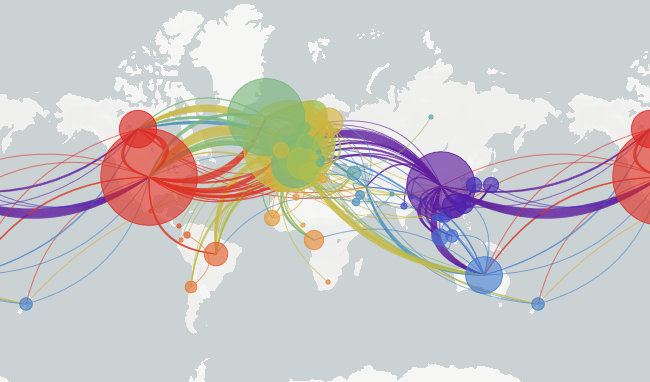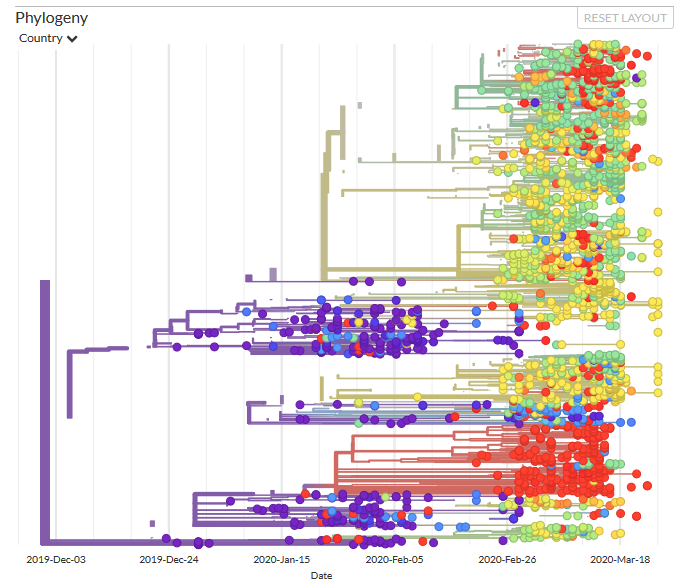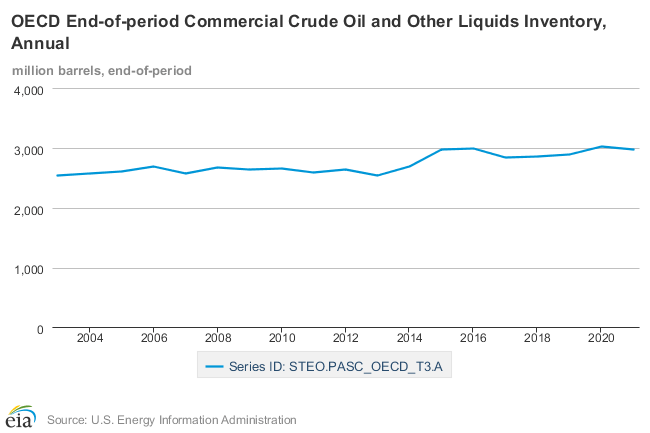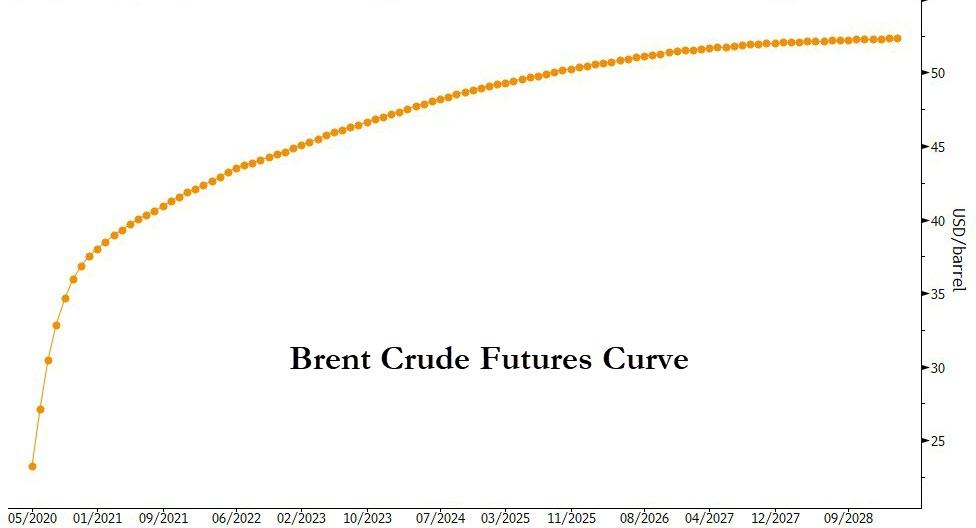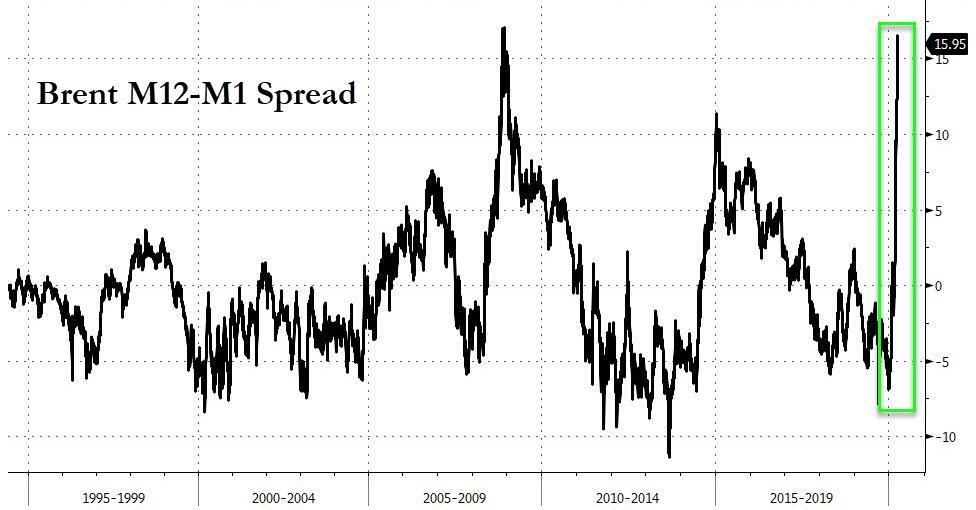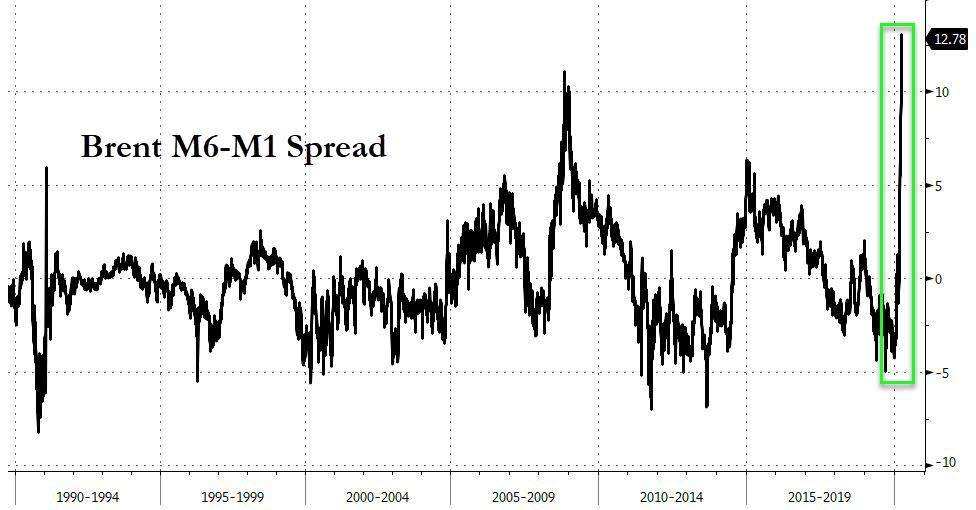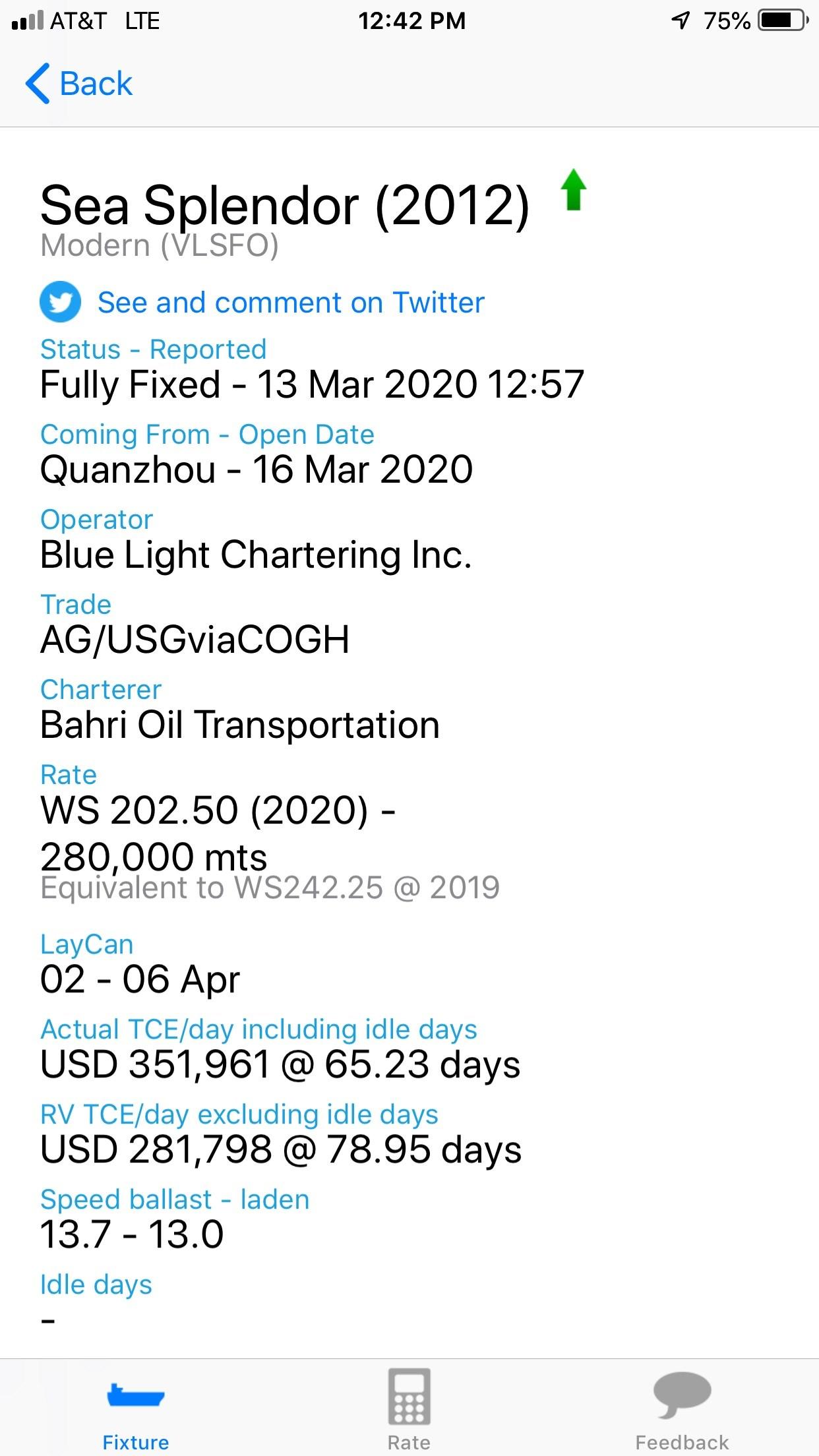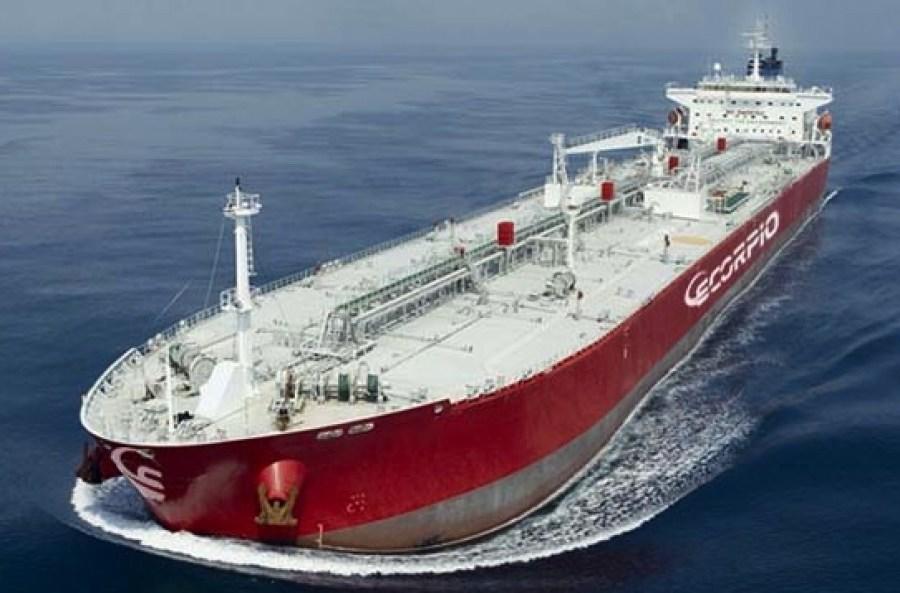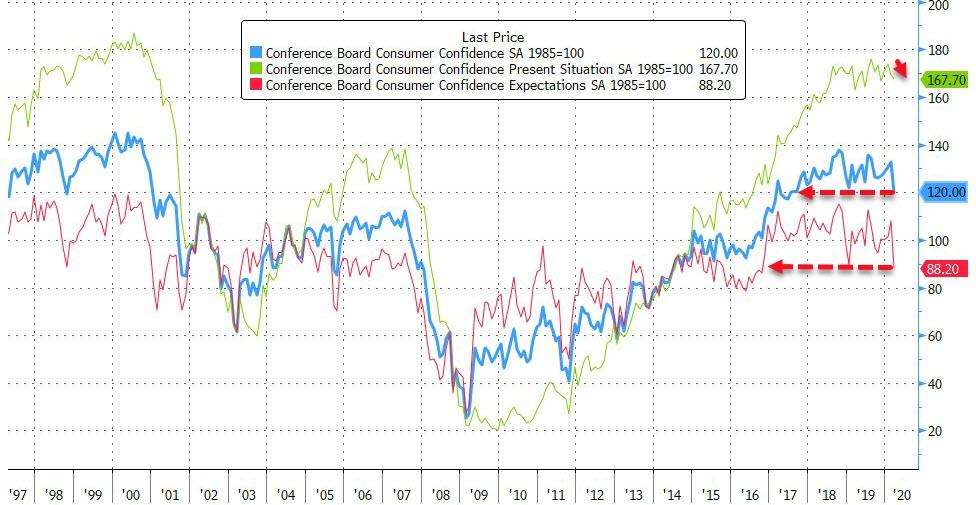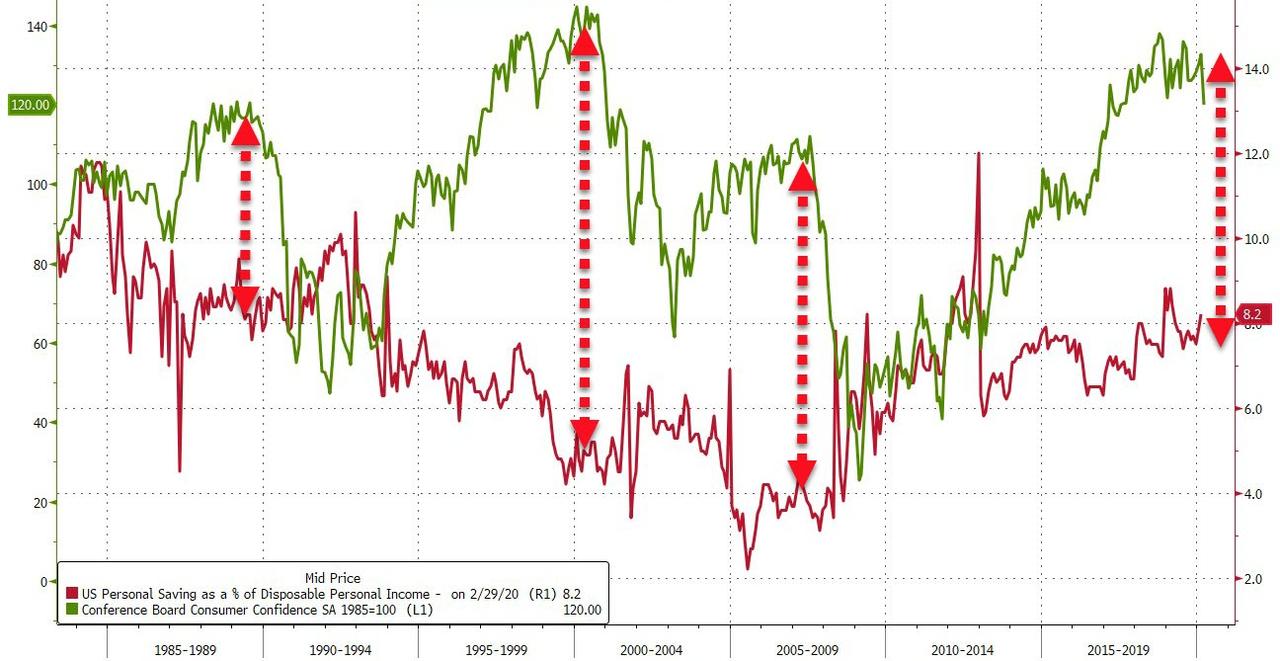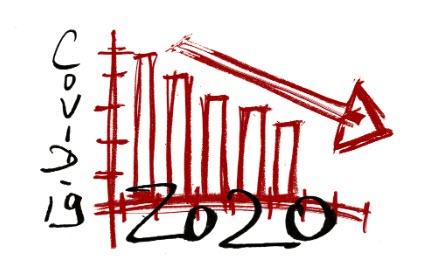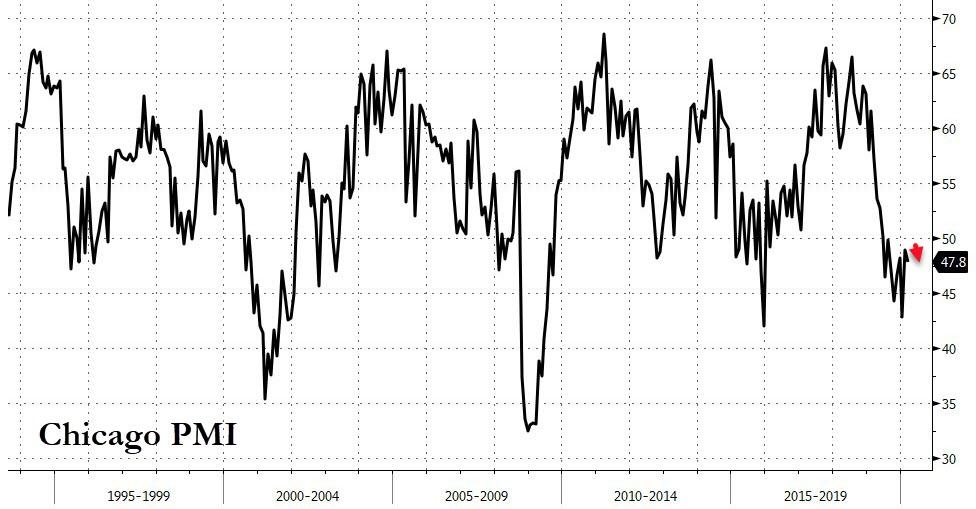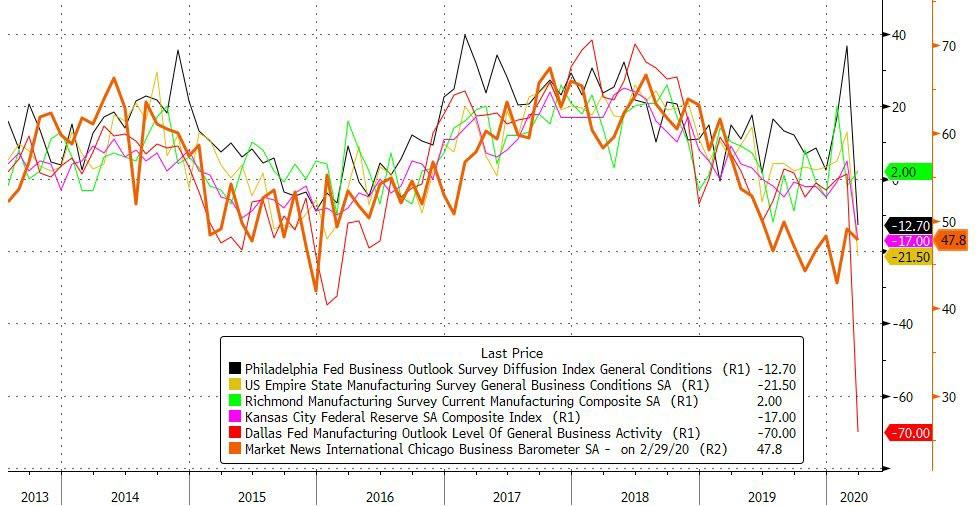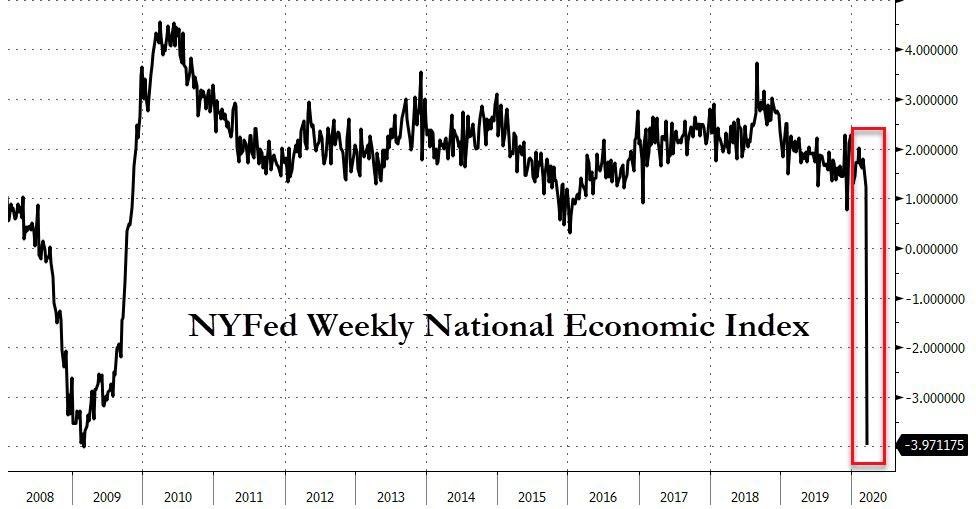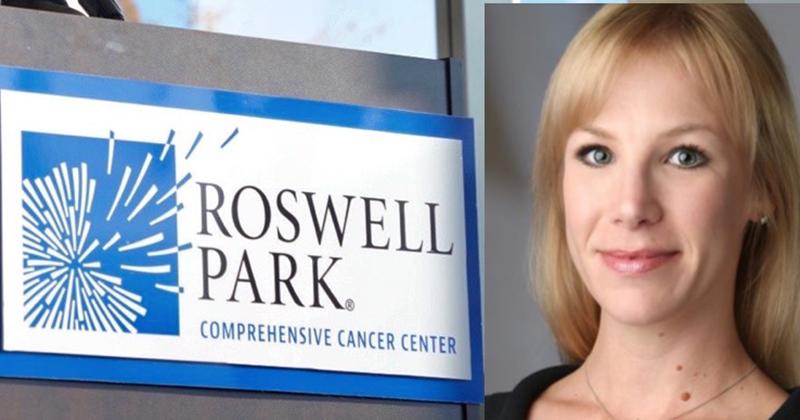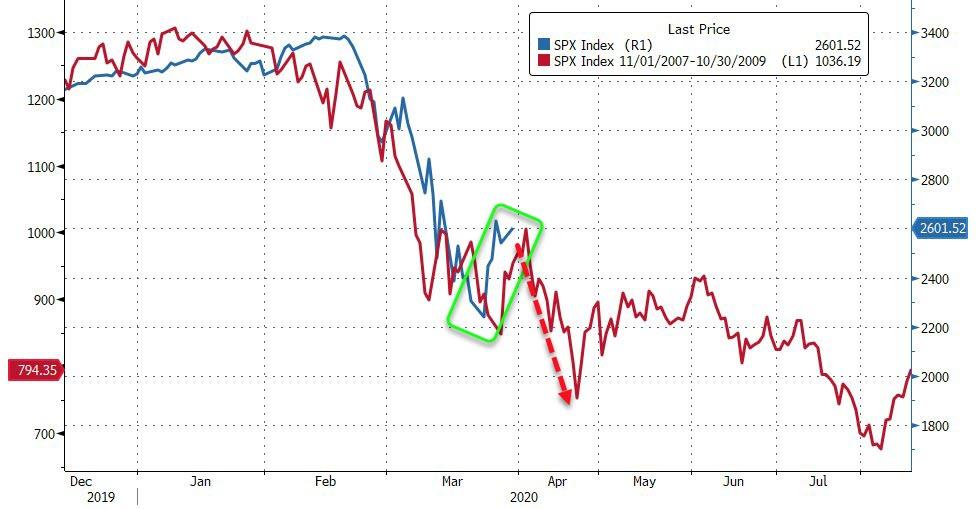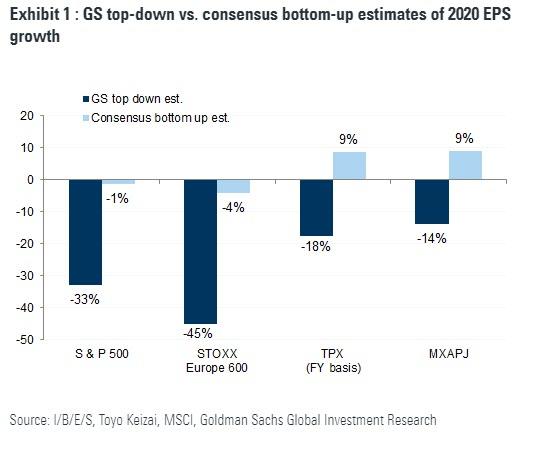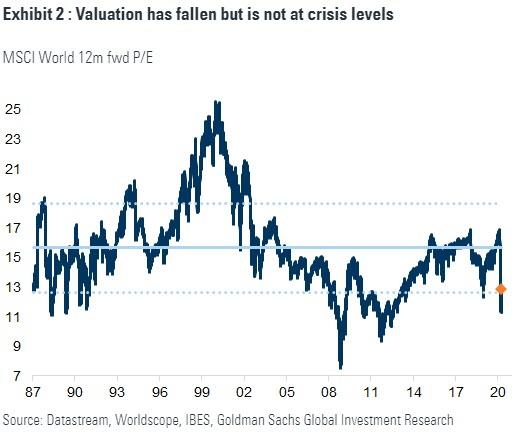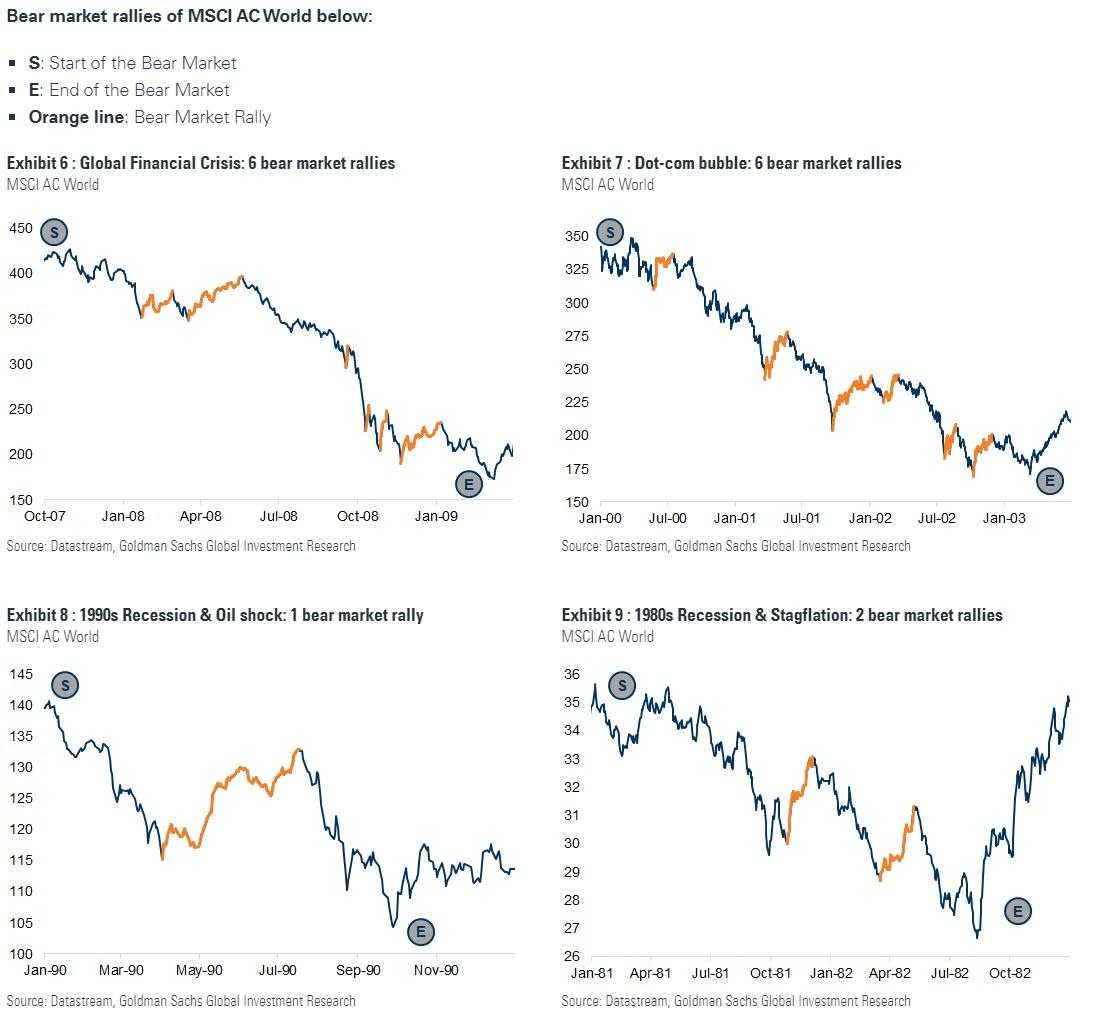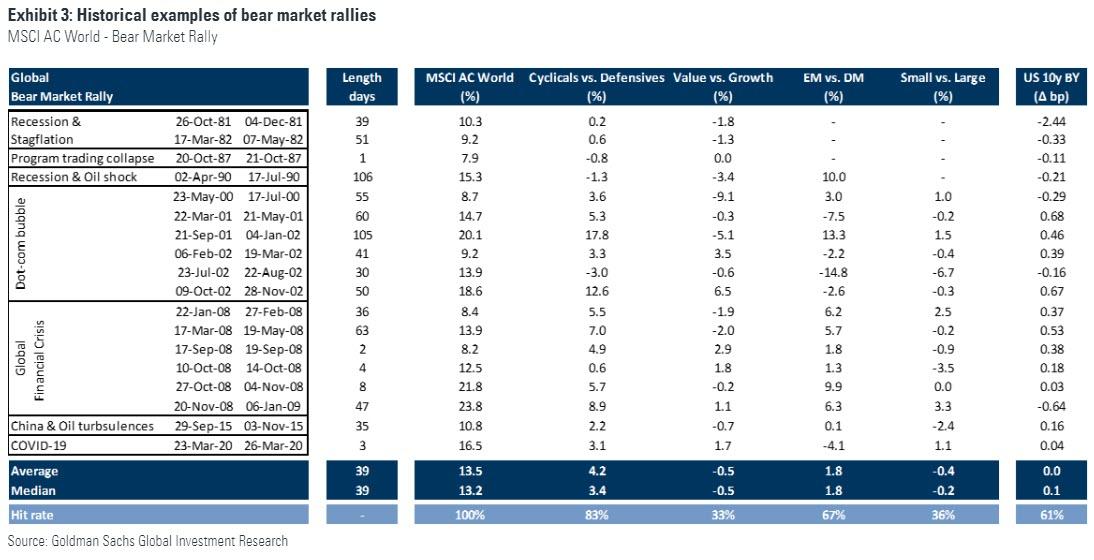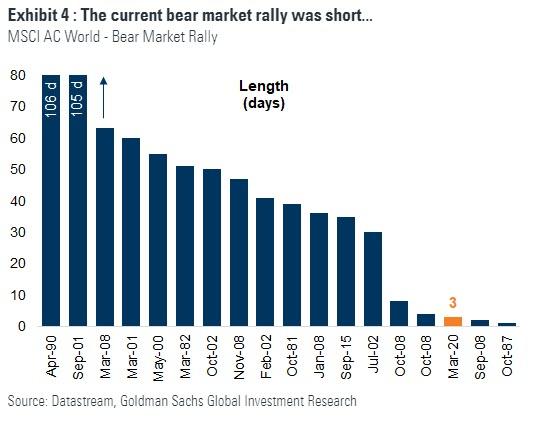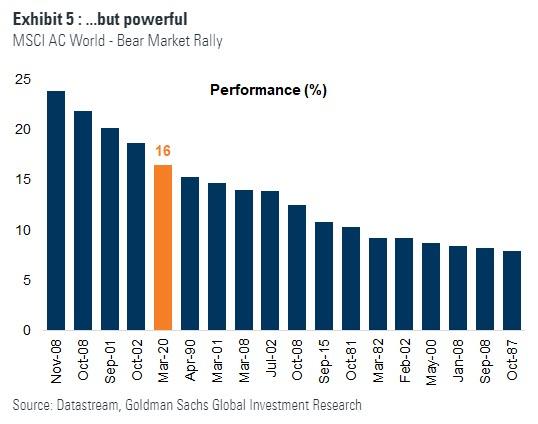Rabobank: “This Is The Dynamic That Will Trigger The Next Round Of Global Turmoil Ahead”
Submitted by Michael Every of Rabobank
Another day, another dollar.
Of course, that’s not strictly true. For the average market economist trying to predict that dollar on waking up it is more usually 0.99, 0.98, 1.01, 1.0, 1.01 – and then out of the blue minus 6 trillion.
For the epidemiologists at Imperial College it’s also a wild ride. To recall, first of all their model said the UK only needed to wash its hands and the herd would be immune to COVID-19; then the model was tweaked and 250,000 to 500,000 were going to die; then we all locked down and only 5,700 were going to die (leading some to scream “open the economy!”); and now, echoing the Oxford University team, they estimate that up to 2.7% of the UK population may already be infected, meaning 1.8 million people, and implying that the we are totally mismeasuring how many people have a symptomless and/or pain-free virus experience, and that the COVID-19 mortality rate is really very low.
Except that is isn’t 2.7%. It’s anywhere from 1.2% to 5.4% of the population, and once again this is based on guessing the R0 rate and the virus inception date and multiplying madly. And once again it fails to account for the fact that 90% of tests being done on people who already face virus symptoms and/or are at risk are coming back negative. Faulty tests, or is it just my Rebel Sum standing up to the might of the Imperials? (“Now witness the firepower of this fully armed and operational university!”) At least the thrust of their argument is that lockdowns are necessary rather than “open the economy!”
As they argue over how many viruses can fit on the head of a pin, the daily deaths in Italy and Spain number painfully close to 1,000 and New York’s fatalities are also rising rapidly – just like we normally see at this time of year in ‘flu season – not. Indeed, the latest data from China suggest that the mortality rate is 4% for those hospitalised in their 40s and 8% in their 50s.
Meanwhile, in China we are back to a familiar world of another day, another 1.06 dollars. The official Chinese PMI for March reported that manufacturing leaped from 35.7 all the way back to 52.0, vastly higher than the 44.8 expectation. All those stories you have read about factories being shuttered because export demand has dried up? Wrong. All those reports about local officials telling people to leave lights on to boost electricity demand and let foreign satellites see a ‘working’ plant? Wrong. All the data-trackers saying China is, at best, running at 80% of capacity, so down 20% y/y from where it should be? Wrong. Even the services PMI leaped to 52.3 from 29.6, which is interesting given all cinemas are still shut and reports are flying round talking about 18m people losing their jobs and Chinese consumers retrenching. (‘As Rest of World Locks Down, China Struggles to Get Shoppers Out’ says Bloomberg today; even the World Bank is saying the best case for China’s economy is 2.3% y/y growth)
When we saw the weak February PMI and associated terrible January-February retail sales, industrial production, and investment data it seemed we were getting accurate snapshots of what was going on in the Chinese economy for once. So, back to business as usual in more ways than one? Not quite. First, the PBOC just slashed its 7-day repo rate a record 20bp and the government are talking about more fiscal stimulus being needed: that is hardly cheer-leading. Second, these PMI surveys asked Chinese firms how the feel now compared to February – NOT to how they usually operate. The exercise is therefore incompatible with the normal PMI metric – which is where the consensus forecast of a recessionary 45-ish print rightly sat.
Once again, markets are going to have to pick their way through a data asteroid field to get to an accurate understanding of what is going on.
“Sir! The possibility of successfully navigating an asteroid field is approximately 3,720 to 1!”
“Never tell me the odds!”
Meanwhile, also showing how much success they are having against the virus, and in line with what I wrote yesterday, the White House and Congress are already planning the next phase of fiscal stimulus even before the current one hits anybody’s pockets. It appears help is on the way for the mortgage market, as mortgage firms complain the Fed’s action is wiping them out, for the travel industry, and for states and local governments. Some of that will be bailouts and some of it might even be actual economic stimulus, with the total package being talked about in the range of USD600bn. Once upon a time that was a lot of money.
Allow me to repeat once again: the crucial factor for markets to consider imminently is that not all economies and currencies are created equal. Not everyone is going to be able to get away with 20% fiscal deficits paid for by central banks. Only the US is guaranteed to be able to do so without crushing its currency due to the USD reserve function. The vast majority won’t, and there will be a high price paid for any stimulus.
Let’s see how AUD and NZD and CAD and GBP, et al., ultimately fare as they go the zero rates and unlimited QE route as if there is natural market demand for them globally; and emerging markets are in a far deeper hole if they want to push back fiscally against the ‘rules of the game’ in the same way that developed economies are.
The underlying issue is still ‘another day, another US dollar’. And there aren’t that many to go round in EM space in particular, doubly so when export earnings evaporate ahead – which they will. That key dynamic is set to trigger the next round of global turmoil ahead. Coming soon: Imperial vs. Rebel sums fighting over the USD Death Star.
Tyler Durden
Tue, 03/31/2020 – 11:00
via ZeroHedge News https://ift.tt/3bEWAfd Tyler Durden
